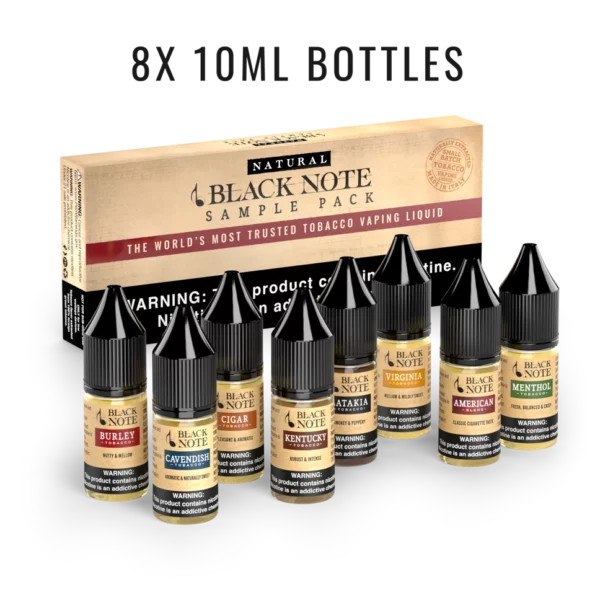Canada’s vaping industry is on a rise. With its growth, however, comes a slew of regulatory requirements that businesses must comply with to successfully operate within this space. This article provides a comprehensive guide on how to import vapes into Canada, obtaining a Vaping Product Licence from the CRA, adhering to packaging and labelling requirements, and understanding the vaping excise tax in Canada.
Importing Vapes into Canada
Before you can sell vapes in Canada, you need to import them. This process isn’t as simple as shipping a product from one place to another; it involves numerous regulatory hurdles. Understanding how to import vapes into Canada is the first step towards setting up a vaping business. Various factors, such as the type of product and the specific import regulations, play a role in this process.
Vaping Product Licence CRA
Any business that manufactures, packages, or labels vaping products in Canada must hold a Vaping Product Licence from the Canada Revenue Agency (CRA). The CRA uses this licence to keep track of vaping product manufacturers and ensure they comply with the Excise Act, 2001. To smoothly navigate this process, you will need to understand the steps to obtaining a Vaping Product Licence CRA.
Packaging and Labelling Requirements
Health Canada sets stringent packaging and labelling requirements for vaping products. These requirements include specific warning labels, mandatory product information, and restrictions on promotional material. Navigating the Packaging and Labelling Requirements for Vaping Products in Canada is a critical aspect of ensuring your vaping products comply with Health Canada’s standards.
Understanding the Vaping Excise Tax
Canada’s Excise Act, 2001 also imposes a tax on vaping products. This vaping excise tax in Canada applies to vaping products manufactured in Canada, as well as imported vaping products. Being aware of this tax and its implications on your business model is crucial to maintaining a profitable vaping business in Canada.
Conclusion
Canada’s vaping industry is a rapidly evolving space with its own set of regulatory challenges. From understanding how to import vapes into Canada, obtaining a Vaping Product Licence, adhering to packaging and labelling requirements, to accounting for the vaping excise tax, the process can be complex. However, with the right knowledge and guidance, you can effectively navigate this industry’s regulatory landscape, paving the way for a successful vaping business in Canada.



